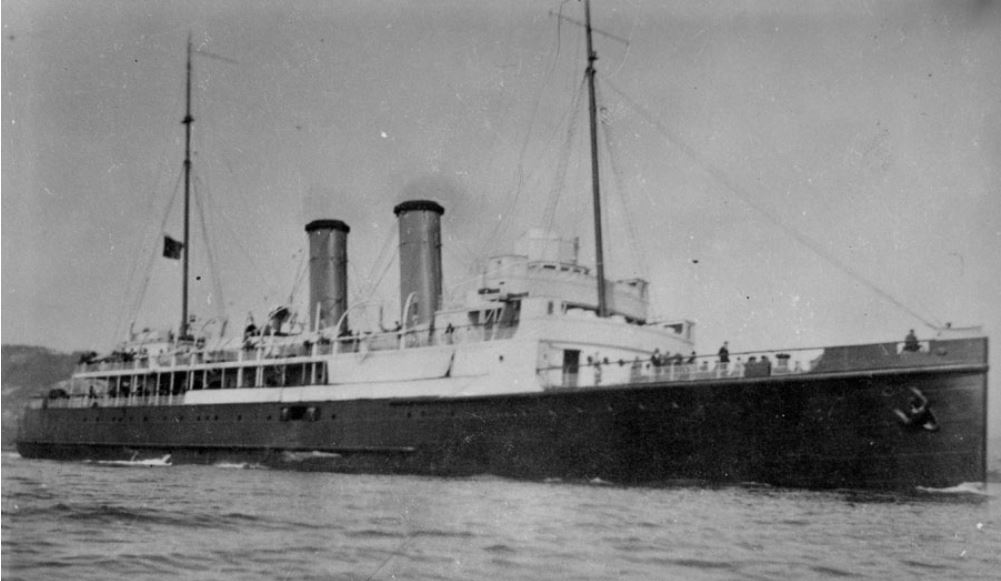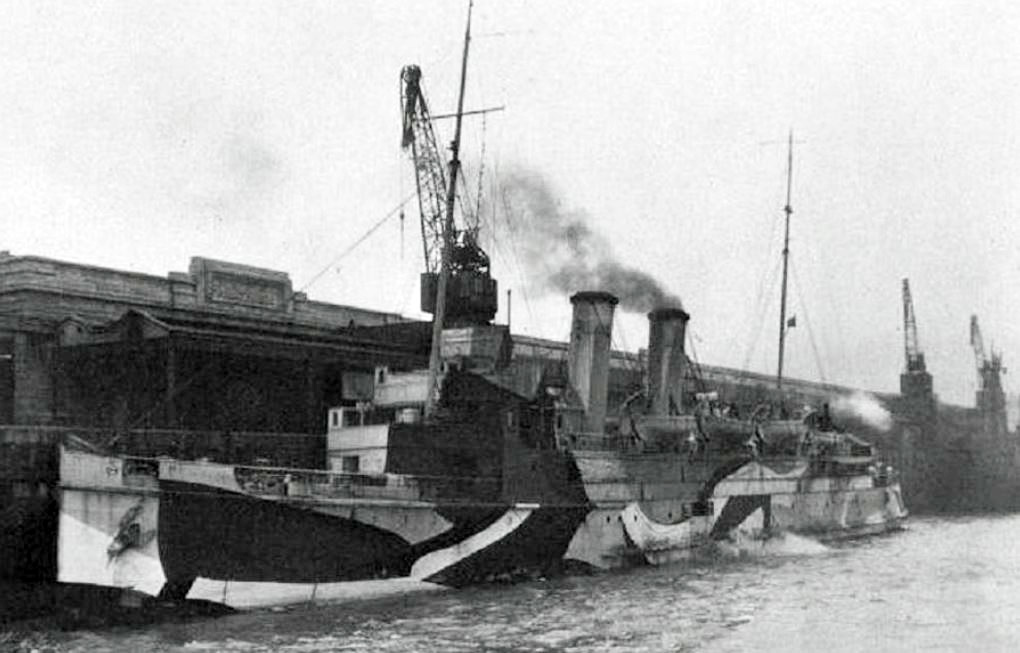Difference between revisions of "HS Ville de Liege"
From Our Contribution
| Line 28: | Line 28: | ||
==Remarks== | ==Remarks== | ||
| − | Not long after World War I (1914-1918) was declared | + | Not long after World War I (1914-1918) was declared ''Ville de Liege'' was commandeered for war service as a troop carrier. In May 1917 she was loaned to the British who converted her into a hospital ship, completing 252 crossings between 21 Jun 1917 and 31 Dec 1918. |
| − | Following the declaration of Peace, she was the first Belgium ship to return Belgium expatriates to their homeland. The little ship was then returned to Belgian State Railways for the service between Dover and Ostend. On 11 Feb 1929, the ''Ville de Liege'', sank in Dover harbour. However, she was able to be salvaged and later returned to her cross channel task. In 1936 she was to be retired. but instead was turned into a car ferry, commencing July 1936 | + | Following the declaration of Peace, she was the first Belgium ship to return Belgium expatriates to their homeland. The little ship was then returned to Belgian State Railways for the service between Dover and Ostend. On 11 Feb 1929, the ''Ville de Liege'', sank in Dover harbour. However, she was able to be salvaged and later returned to her cross channel task. In 1936 she was to be retired. but instead was turned into a car ferry, commencing July 1936 under the new name of ''SS London-Istanbul''. |
| − | Following the outbreak of war in 1939, she along withmost of Belgium's | + | Following the outbreak of war in 1939, she along withmost of Belgium's maritime fleet escaped to the UK. During WW2 she was again commandeered, first as a Hospital Ship, then converted to be a minesweeper depot ship, before being used in the Normandy landings in June 1944. |
| − | With peace, she again returned to her owners and the cross channel function until she was laid up in May 1949 in Oostende. From July - Septemeber 1949 she was chartered to provide a ferry service between Folkestone and Calais. In October 1950 she was towed to Anterp | + | With peace, she again returned to her owners and the cross channel function until she was laid up in May 1949 in Oostende. From July - Septemeber 1949 she was chartered to provide a ferry service between Folkestone and Calais. In October 1950 she was towed to Anterp where breaking up commenced in 1951. |
==Soldiers carried== | ==Soldiers carried== | ||
Revision as of 18:10, 11 October 2023
Contents
Remarks
Not long after World War I (1914-1918) was declared Ville de Liege was commandeered for war service as a troop carrier. In May 1917 she was loaned to the British who converted her into a hospital ship, completing 252 crossings between 21 Jun 1917 and 31 Dec 1918.
Following the declaration of Peace, she was the first Belgium ship to return Belgium expatriates to their homeland. The little ship was then returned to Belgian State Railways for the service between Dover and Ostend. On 11 Feb 1929, the Ville de Liege, sank in Dover harbour. However, she was able to be salvaged and later returned to her cross channel task. In 1936 she was to be retired. but instead was turned into a car ferry, commencing July 1936 under the new name of SS London-Istanbul.
Following the outbreak of war in 1939, she along withmost of Belgium's maritime fleet escaped to the UK. During WW2 she was again commandeered, first as a Hospital Ship, then converted to be a minesweeper depot ship, before being used in the Normandy landings in June 1944.
With peace, she again returned to her owners and the cross channel function until she was laid up in May 1949 in Oostende. From July - Septemeber 1949 she was chartered to provide a ferry service between Folkestone and Calais. In October 1950 she was towed to Anterp where breaking up commenced in 1951.

